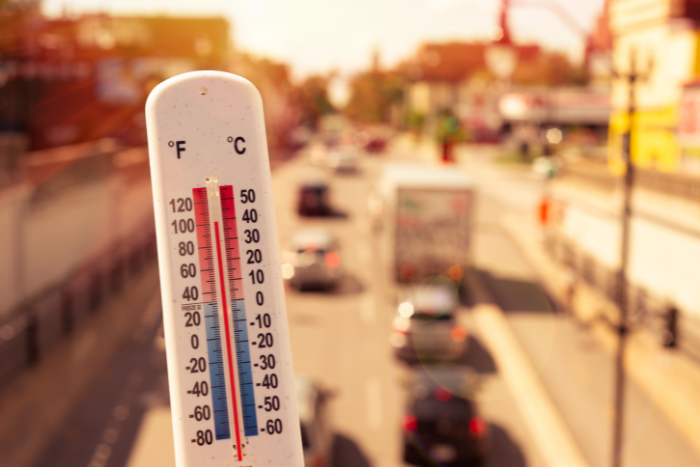Climate change doubles frequency of concurrent drought and heatwave events in low-income regions

A study published in Communications Earth & Environment has revealed that human-induced climate change has significantly increased the frequency of compound drought and heatwave events in low-income regions. These simultaneous extreme weather phenomena, which amplify risks to ecosystems, agriculture, and human health, are occurring twice as often as they did in the late-20th century. Alarmingly, the acceleration of these events is disproportionately affecting low-income regions, underscoring the urgent need for equitable climate action.
Global Disparities in Impact
While previous research has highlighted global inequalities in exposure to climate risks, this study is the first to show how the frequency of extreme events is increasing faster in low-income countries compared to high-income ones. The findings reveal that the frequency of compound drought-heatwave events has doubled in 31% of low-income regions, compared to just 5% of high-income regions.
Lead author Dr Boen Zhang, Post-Doctoral Research Associate in the School of Geography and the Environment emphasised the gravity of these results:
“Our findings reveal that climate change impacts are not only greater in developing countries, but they are also coming faster. Compound drought and heatwave events are increasing twice as fast in low-income regions compared to high-income regions. This underscores the critical need for swift implementation of international climate finance agreements, as the rate of climate action must exceed the rapid acceleration of these extreme weather events.”
Unequal Acceleration of Risks
The study combines advanced climate modelling with observational data to isolate the role of human activities in driving these extreme events. It highlights the uneven pace at which developing regions are experiencing these compounded crises. Factors such as limited infrastructure, higher dependence on agriculture, and inadequate resources to adapt to climate extremes exacerbate the vulnerability of low-income regions.
Dr Boen Zhang said: “The disparities in the acceleration of these events are stark. While wealthier nations have more resources to buffer against climate shocks, developing countries face an uphill battle to protect lives and livelihoods.”
Policy Implications
The findings come at a critical time, as international climate agreements reached at COP28 and COP29 aim to increase financial support for vulnerable nations. However, the study underscores that the pace of financial assistance must match or exceed the rapid escalation of extreme weather events.
Dr Boen Zhang stressed the importance of action: “Although international agreements to boost climate finance are steps in the right direction, they must be implemented more rapidly to keep up with the accelerating impacts of climate change in low-income regions. Delayed action will only deepen inequalities and make adaptation efforts more challenging.”
The Path Forward
The study calls for urgent, targeted action to address the growing threat of compound drought and heatwave events. Key recommendations include reducing greenhouse gas emissions, prioritizing support for vulnerable regions, and investing in adaptive infrastructure and early warning systems.
Dr Boen Zhang said: “Climate change is not just an environmental issue—it’s a matter of global equity and justice. This study provides a clear call to action: we must address these disparities before the impacts become unmanageable.”
________________________________________
A study published in Communications Earth & Environment has revealed that human-induced climate change has significantly increased the frequency of compound drought and heatwave events in low-income regions. These simultaneous extreme weather phenomena, which amplify risks to ecosystems, agriculture, and human health, are occurring twice as often as they did in the late-20th century. Alarmingly, the acceleration of these events is disproportionately affecting low-income regions, underscoring the urgent need for equitable climate action.






